Barely a decade has passed since his arrival back in India, and in that time Rid Burman has made a name for himself as one of India’s most well known fashion photographers. With an eye for portrait photography, a heart longing for true creative work and tongue sharp as a whip, he relates his triumphs (and pitfalls) with blending art and commerce.
The Beginning > I come from a family of artists – my grand uncle, Shakti Burman, is a renowned painter, my mother, Jayasri Burman, a painter and poet, and my father, Paresh Maity, a painter and sculptor. Growing up in Kolkata, I would often return home from kindergarten to the scenario of my dad working on a light drawing and Beethoven playing in the corner. When you are surrounded by books about Hussain, Picasso, Cézanne, Degar, Impressionism and German Expressionism, they become purely what you’re interested in.
I remember doing well in my ninth standard exams and my dad giving me a small Nikon FM2 as a present. Every summer, my parents would carry a truckload of canvases to Shimla, where they would spend those three months painting. That summer, I was excited about my new shiny silver camera, and I’ll never forget my dad showing me how to use it.
It had rained that day so the sunset was spectacular and we walked everywhere, shooting on transparency film. He taught me how to read light, shadow, composition, perspective, how to capture expressions and moments, and left me with a book on Henri Cartier Bresson.
Photography as a career move hadn’t struck me yet and my love for welding cast iron and ceramics had me inclined toward sculpting. At Rajasthan’s Mayo boarding school I played basketball and soccer, and the sport got me into the St. Stephens Math Honors program in Delhi. Although I survived college and quite enjoyed it, my creative calling was much more prominent. As President of the Photography Society at St. Stephens, I was shooting around north campus, restoring the old dark rooms and teaching others how to develop prints; but being in college I didn’t take my work seriously and never showed it to anybody.
Above: Celebrity, Editorial image | Vanity Fair France April 2014 featuring Kalki Koechlin
I then interviewed at Stanford University, California, for business law. I was staying in a rough neighbourhood in Oakland, but it had a furnace close by where I could sculpt. The interviewers at Stanford struck me as selfish and short-term in their thinking and I wasn’t sure my rebel attitude would cut it in Palo Alto. At the time, I was in touch with Atul Kasbekar, Sumeet Chopra, Bharat Sikka, Tarun Khiwal and Prabuddha Dasgupta – the kings of photography in India. Having known me since I was 13 when I worked at Delhi’s still-standing SV Photographics lab, they convinced me to give photography a real shot. I decided to apply to Brooks Institute, California, in 2001. It was one of the toughest schools to get into with an application that consisted of a 12 image portfolio, four interviews and three tests – but I wouldn’t have had it any other way.
Above: Editorial image | OE Magazine, Berlin
West to East Coast before India > The first two years were technical where we shot entirely on film. The second year, my professor Paul Meyer – once an assistant to Richard Avedon and Hiro and by virtue of his exposure an incredible bank of knowledge – took a creative approach. He designed independent studies for me where I didn’t have to attend classes but instead set up a weekly in-person review based on which I received a grade.
One morning that year, a friend and I drove to the lighting company, Briese, in LA to ask for a job. The manager’s main criteria being that we could speak English, we started at $2 an hour. Our first assignment was to drive equipment to Steven Spielberg’s set and that job soon had me driving from LA to New York eight times that year. New York stole my heart; it felt too good an opportunity not to explore and so I moved instinctively in 2004.
Above: Advertising image | Le Mill S/S 2016 featuring Lakshmi Menon
I began by interning with the photographer Steven Klein which grew to full-time assisting and by the end of 2007, I felt ready to venture out independently. I had managed to save enough money to convert my loft into a studio and started with a few editorial and e-commerce projects.
I was just beginning when the US recession hit hard. I had blown enough already on equipment, and worse, my grandfather fell ill around the same time. I decided to take a break and come to India for two months to see him. I had also been hearing much about how India’s growth story, on the other hand, was phenomenal.
Vogue India was set to launch and I made a trip to Mumbai to get to know the team. Inspired by the talent in Vogue’s launch team, it struck me as a favourable and exciting time to be in India. I returned to New York in April, wrapped up shop and moved to Mumbai by May 2008.
Above: Advertising image | Le Mill S/S 2016 featuring Lakshmi Menon
Building a client base > I enjoyed my editorial shoots for Conde Nast and did some work for publications like Filmfare although our sensibilities didn’t always align. My first major commercial shoot was the Summer Resort 2011 campaign for footwear brand Tresmode. Ekta Agarwal, who ran a design agency, and Deep Kailey were on board for casting, styling and direction, and Deep roped in Silvia Farago as producer.
The campaign was low budget and shot in a studio but a game changer in that it inspired other local footwear brands to try a fresh approach. It led to me working with brands like Metro and Mochi who were so progressive, they went from featuring Saif Ali Khan and Kareena Kapoor to experimenting with locations like Budapest and Cape Town. They remain two of my favourite clients for their open-mindedness.
Above: Advertising image | Tresmode Summer Resort 2011
When you’ve got no budget you have to be that much more inventive. Your homework needs to be watertight and your planning detailed and structured. This is something India has taught me well and now when I’m shooting for a client in New York and they give me six months to prepare it’s a breeze. Like walking into an air-conditioned room from a furnace.
It can be creatively satisfying to work with a small budget but the sad thing with India is that almost everybody has become cost-conscious about the wrong things. Broadly speaking, Indians have never been very particular about presentation: we don’t care enough about image, and if it costs we don’t want to go there. It’s a constant battle for the photographer to produce a quality image because in the end it’s our job to deliver. We need to be happy with an image before we show it to a client and that requires certain ingredients: the right model, location, light, ambience, stylist. It’s getting increasingly difficult because companies are becoming more miserly: just because you have a bad quarter doesn’t mean you immediately start compromising on the image or stop advertising. Be consistent and stick to what you want to do. Don’t try to shoot like Gucci on a rooftop in Bombay – it’s not going to work.
Above: Advertising image | Cotton World S/S 2015
Creative direction > I’ve become pickier with time. Unfortunately the way I see it, today the suits rule everything. It’s about numbers and the biggest magazines are succumbing.
Bollywood is a systemic problem; editorial imagery doesn’t try to be intellectually stimulating barring the occasional collaborations with great teams like Elle and GQ. Commercial imagery is geared toward pushing what is socially acceptable rather than evolving sensibilities.
India has so much to offer; it’s such a beautiful country with so many subjects but people don’t see it. I find more originality working with Western clients in India – it’s become my USP because I’ve built enough muscle to get a good rate. I shot an editorial for the New York Times once and it was such a rewarding experience because I had the freedom to push myself to think outside the box.
Above: Advertising image | Cocoon featuring Keisha Lall
Technique & representation > My advice to young photographers is to invent your own style but first and foremost, get your technique right. Assist for more than four years. I see people picking up a camera, assisting for one year and thinking they’re a photographer. What if tomorrow you’re asked to shoot seven situations with seven lights? The problem is clients don’t ask because they haven’t seen it; it’s not required and the whole art is disappearing. I once shot for the retailer Nordstrom on Steven Miesel’s set in New York where we shot all day but every image had to look like a different time of day. Today if you ask a photographer to reinvent light for different times of day I don’t know too many who can deliver.
It puts us between a rock and a hard place in this country; we’re doomed to mediocrity having not tasted spectacular.
I have worked closely with a creative talent representation agency in Mumbai called TAP – The Artists Project developed with the intention of giving structure to the way the industry works. Currently representing seven talents – two photographers, a production designer, stylist, director and fashion designer – their role is to take care of the artist’s business and filter opportunities that are worth their time and caliber. It’s been a huge support to me, and a personal interest to nurture, but I am now planning to seek representation internationally.
References > At the moment I’m obsessed with Harley Weir and Tyrone Lebon. Both have an incredible aesthetic that looks effortless, but is so hard to achieve.

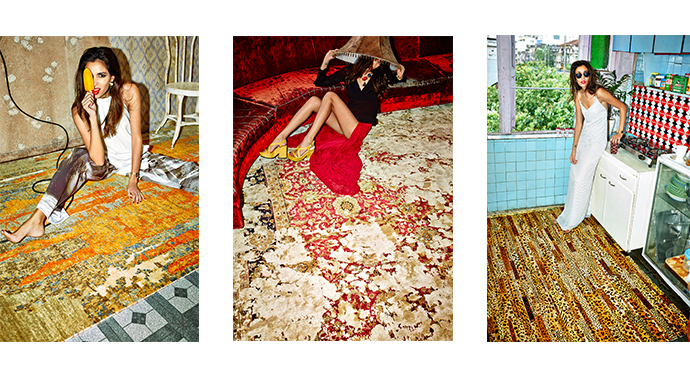
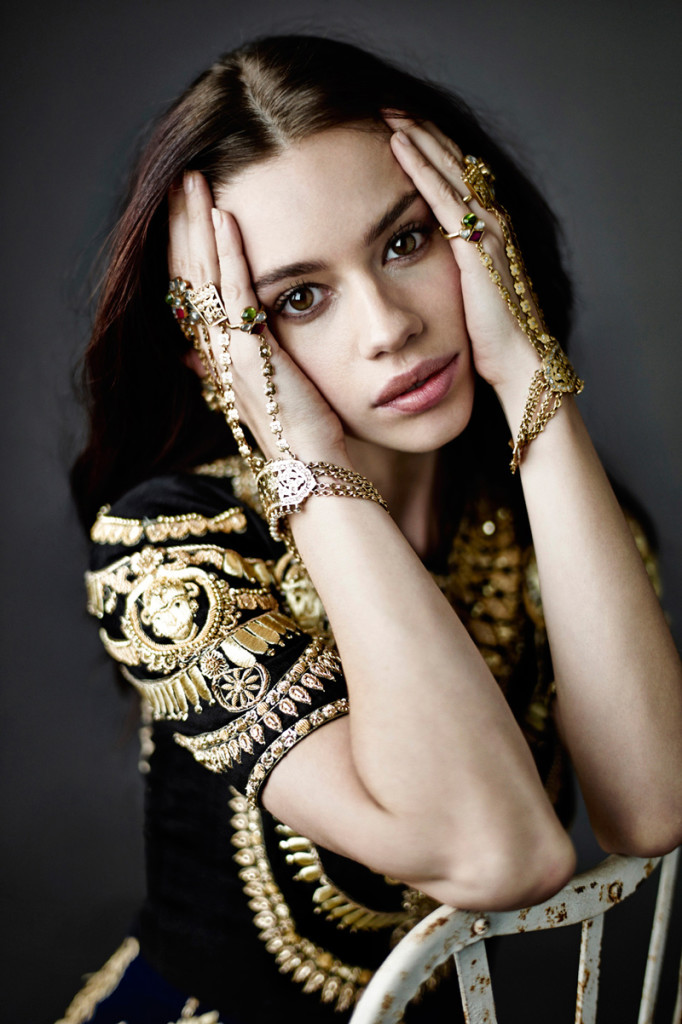
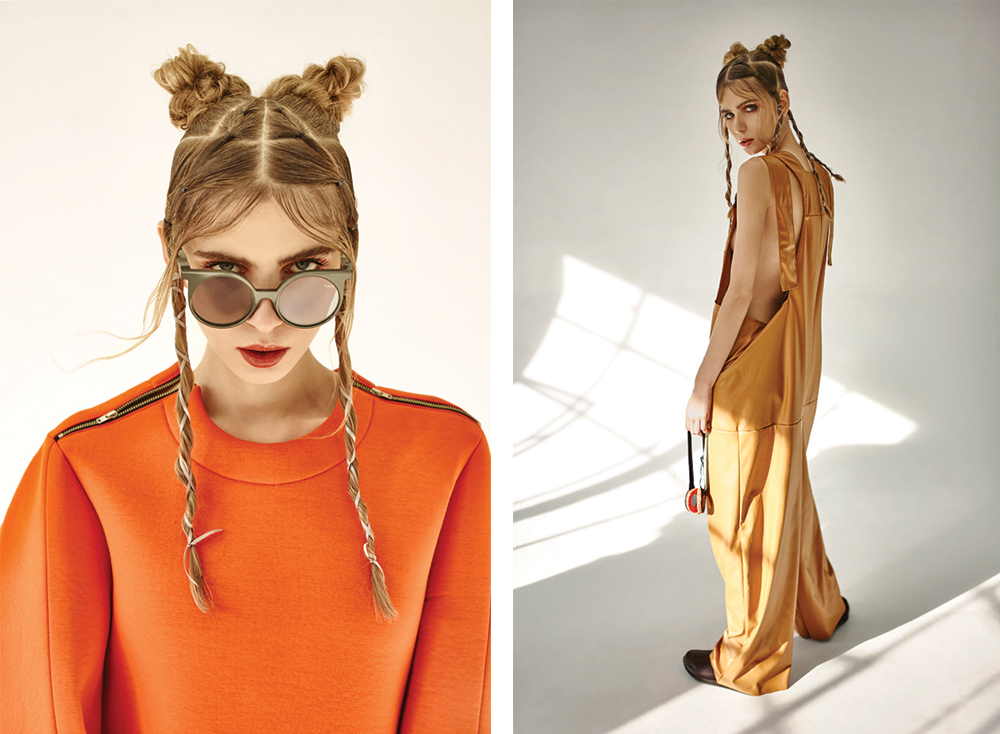
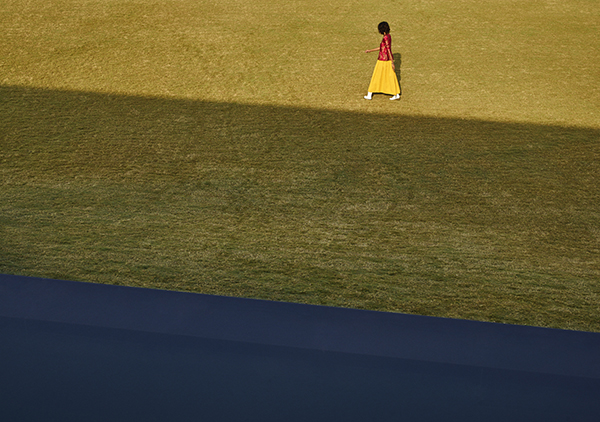
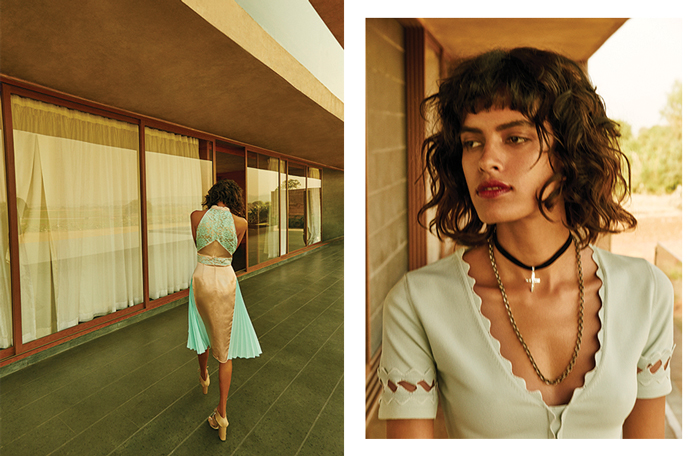
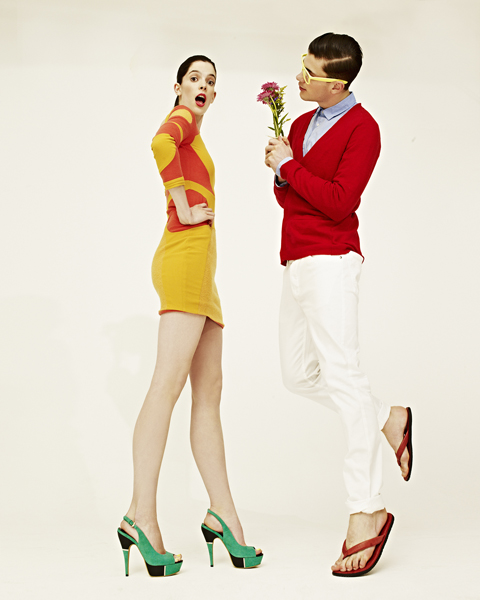
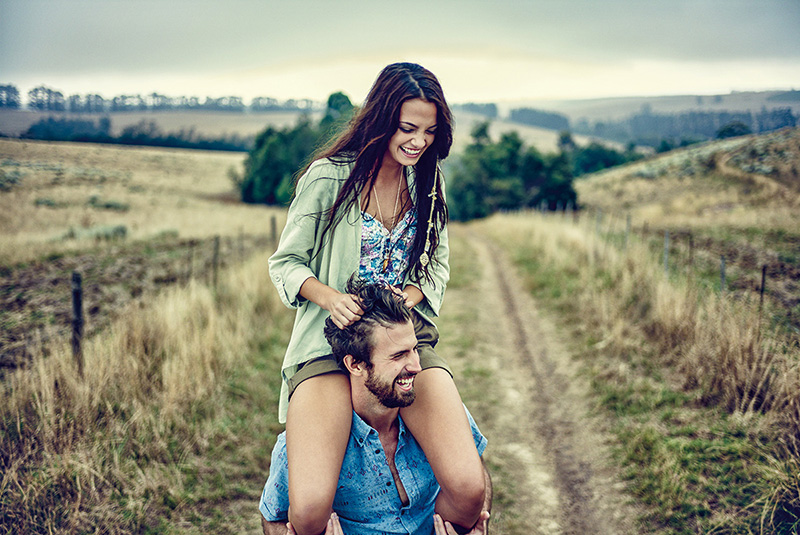
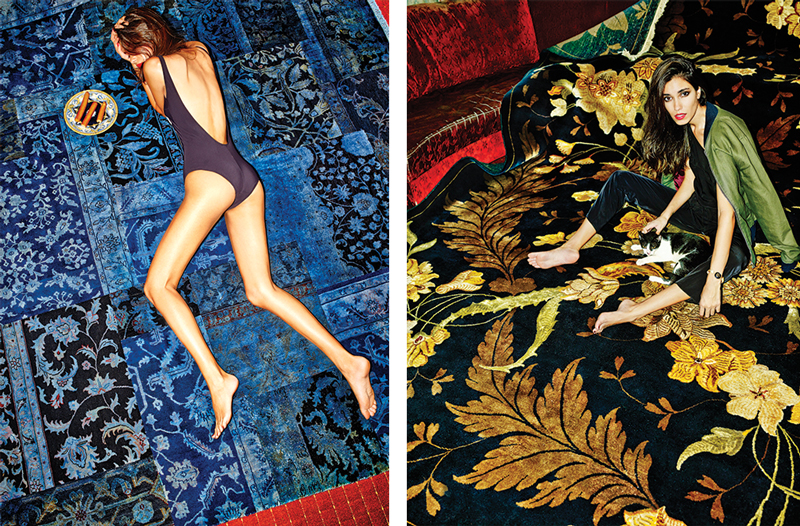
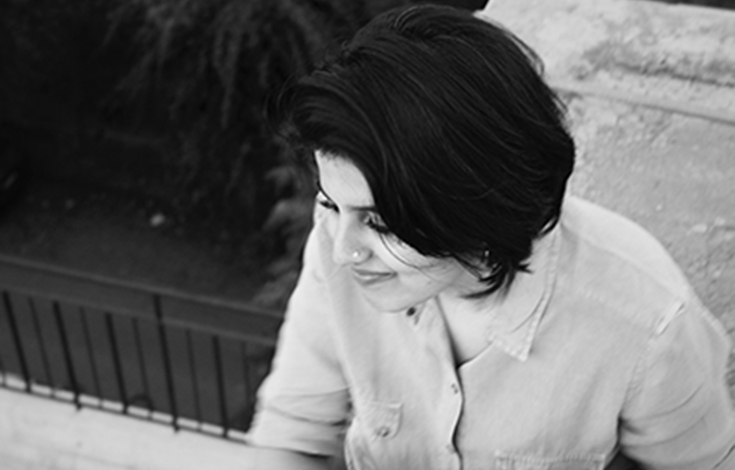
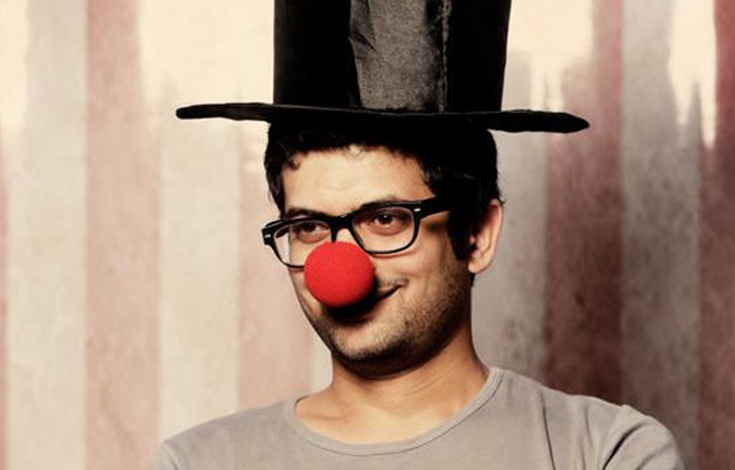
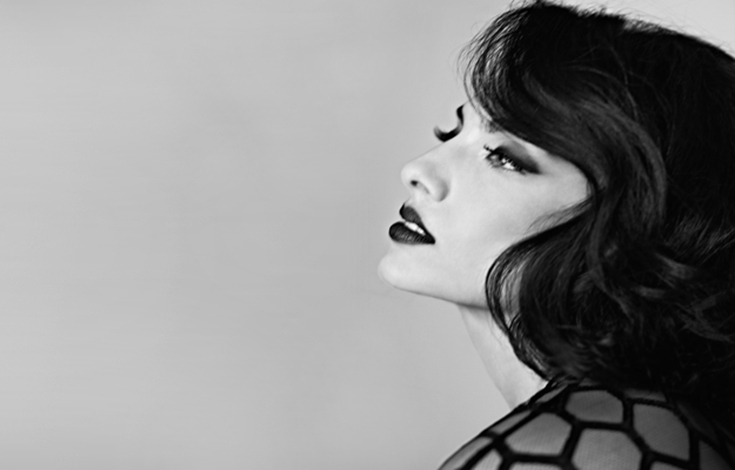
Dashing with vigour and vision
…Subject,..Colors…Composition and all.